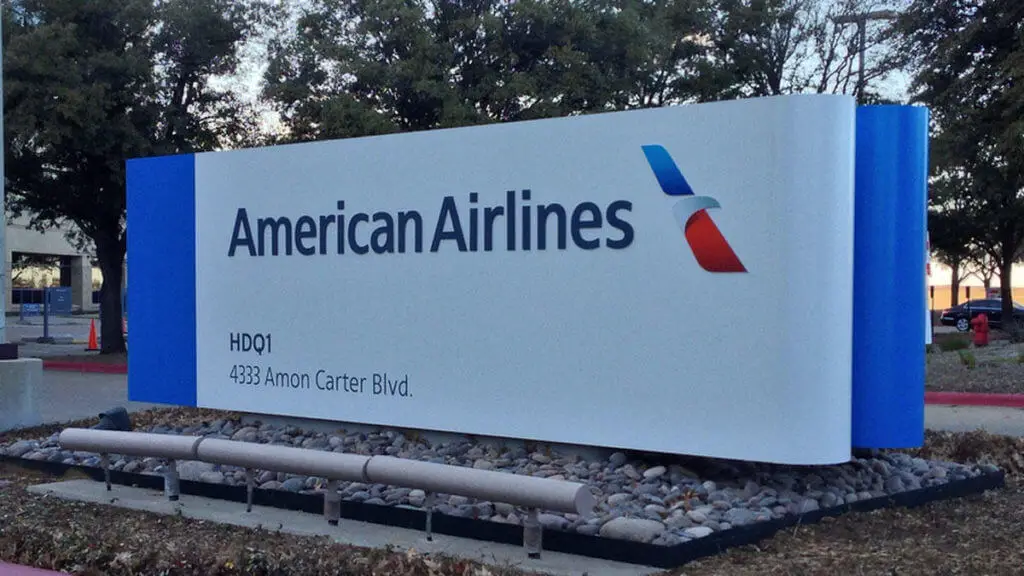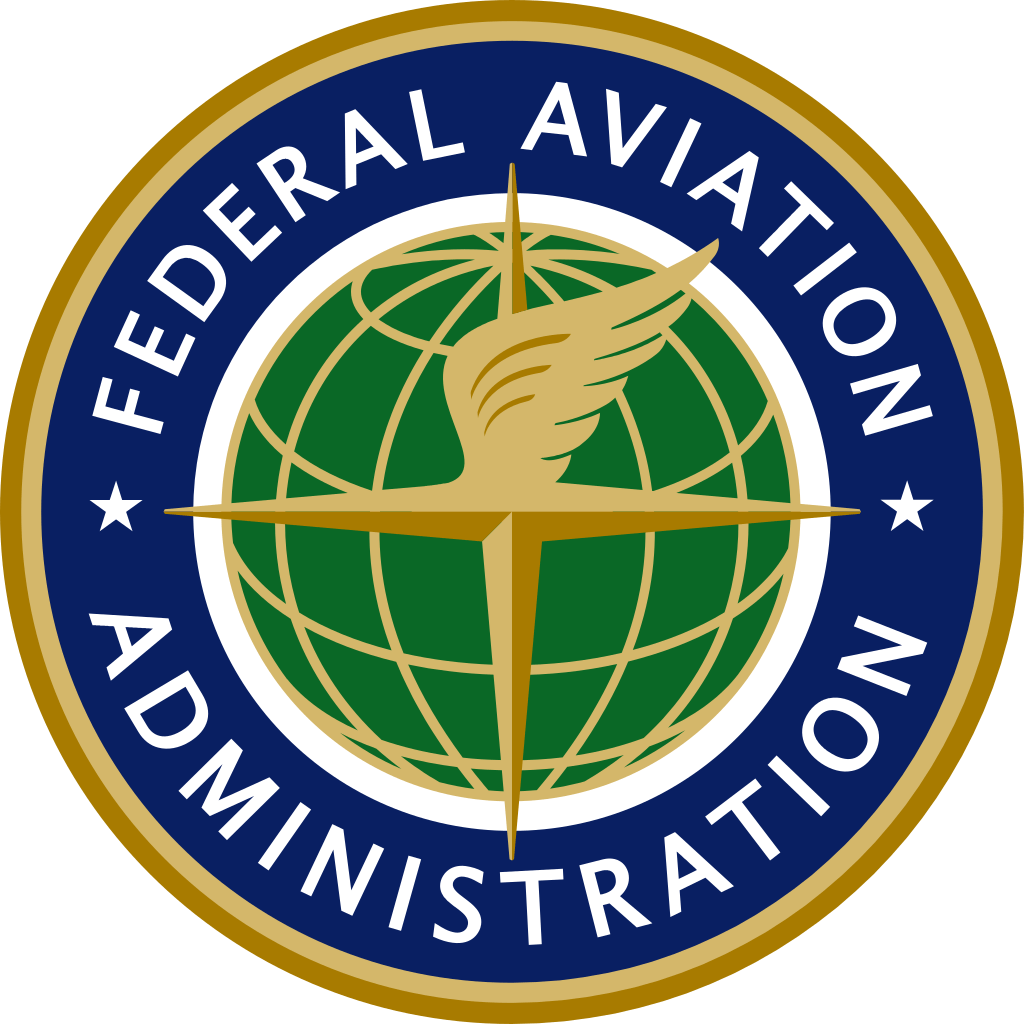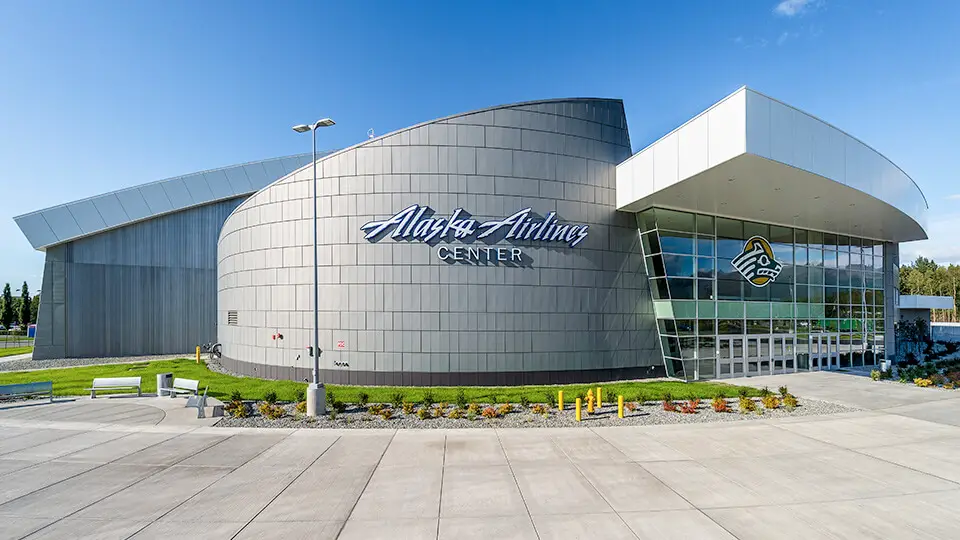American Airlines Mission and Vision Statement Analysis

American Airlines’ mission statement is “committed to provide every citizen of the world with the best service of the air travel to the extensive selection of destination possible.” The statement represents the strategic objectives of the American Airlines business and its prioritization of the customers as the primary users of its services. It also shows that the management recognizes the competition out there by mentioning its expansion motives as a strategic marketing tactic for securing its influential position in the aviation market. The mission statement has the following primary components:
- Distinguished services
- Improving lives
- Exceeding expectations
In the first component of this mission statement, American Airline focus is on the services the company provides its customers. The aviation market in the U.S. and beyond as become a very competitive niche, with major airlines doing the best they can to secure themselves a sizeable piece of the market. American Airlines has not been left behind in this craze.
The company does everything within its potential to differentiate its packages and services in a way that all customers across the world feel appreciated and that they belong with American Airlines. The efforts of the company to meet this component relates to the second one as well. American Airlines continues to prove that it is a customer-oriented company, a people airline that puts the customer first above all other interests.
For instance, the AAdvantage program in this company is comparable to none other elsewhere. It gives the customers attractive offers and bonuses for their loyalty to the company, and this has tremendously impacted their lives. American Airlines also acknowledges how hectic it is for customers to plan flights. In relation to this, it furnishes all its clients with diverse and simplified travel information to ease their travel planning and concentrating on enjoying their American Airlines experience. As if that is not enough, the company adds some fun into its travel destinations by bringing vacation packages with amazing offers. In fact, it also goes as far as linking its clients with the best adventure destinations and hotels.
Introduction
American Airlines ranks at the top of other airlines in the U.S. in terms of served destinations, revenue, and fleet size among other key conditions. As of today, the company is the leading economic airline player offering stiff competition to other major firms in the industry due to its adaptable strategies that are guided by its mission and vision statements. The understanding of the aviation marketing approaches by American Airlines has enabled it to rise to an advantageous position of influence and leadership in the entire industry has grown from a little known union-established airline in 1930. Ever since then, the management of the company has always kept its eye on the top position in the sector, which is dominating the global airline industry.
It has, therefore, constantly adapted its mission and vision statement to align with the changing business dynamics, something that has kept the company on the winning side for tens of decades.
The company respects the concept of vision and mission statement where the former gives a developmental roadmap, while the latter specifies the strategic actions that lead to the realization of the vision. American Airlines’ mission statement encompasses the dedication of the company to conquer and meet any expectations of a firm in the industry through distinguished customer experience and customer services.
On the other hand, American Airlines’ vision statement hints at its continued commitment to global dominance of the aviation industry by ensuring that it extends its reach to virtually all parts of the world. The company manages to maintain its achievement spree due to the support of its mission and vision statements.
They emphasize a strong culture for the company, and together with the two corporate statements, they shape American Airlines and situate it in a winning position in the aviation industry.
Vision Statement
American Airlines’ vision statement is “to be a world’s most reliable, affordable, and profitable airline.” While this is not the official vision statement of the company, the management strategic objectives of the company that targets to serve all customers and grow the firm into a global enterprise alludes to such a vision statement. The statement relates to the following key components.
- Global presence
- Reliable
- Affordable
- Profitable airline
American Airlines is clearly a company that does not settle for less. In fact, ever since it was founded, its historical trend is reminiscent of an unrelenting struggle for the company to overcome any regional economic and expansion barriers. By doing so, it has succeeded in establishing a foundation steered by research, innovation, and a dedicated human resource management system that understands the aviation industry.
–The prowess demonstrated by American Airlines is what has made the company a favorite choice for many customers because of its reliability. In simple terms, a customer gets what they go for or even better, never less. In relation to this second component, the third one cements its reliability because of the attractive rates the company offers its clients together with the related bonuses. American Airlines’ business approach is surely one of a kind as the company has continued to expand into new territories, showing how effectively it satisfies its fourth component as well.
Core Values
American Airlines’ core values are “a strong commitment to our customers, shareholders, business partners, and employees. Acting with integrity, treating others with respect, and ensuring every decision is a responsible and ethical one.” These are the guiding principles of the company together with its mission and vision statements.
The company places a lot of emphasis on how it treats its customers and everyone else it interacts with. In this way, it affirms its desire to create a culture that values relations. American Airlines advances this element by enforcing a practice of doing things in the rights way, offering the best services and with respect while recognizing and being sensitive to the feelings of others. This is the culture that defines what American Airlines represents today.
References
- American Airlines – About us.
- Assaf, A. G., & Josiassen, A. (2012). European vs. US airlines: Performance comparison in a dynamic market. Tourism Management, 33(2), 317-326.
- Babnik, K., Breznik, K., Dermol, V., & Trunk Širca, N. (2014). The mission statement: organisational culture perspective. Industrial Management & Data Systems, 114(4), 612-627.
- Barbot, C., Costa, Á., & Sochirca, E. (2008). Airlines performance in the new market context: A comparative productivity and efficiency analysis. Journal of Air Transport Management, 14(5), 270-274.
- Darbi, W. P. K. (2012). Of mission and vision statements and their potential impact on employee behavior and attitudes: The case of a public but profit-oriented tertiary institution. International Journal of Business and Social Science, 3(14).
- Desmidt, S., Prinzie, A., & Decramer, A. (2011). Looking for the value of mission statements: a meta-analysis of 20 years of research. Management Decision, 49(3), 468-483.
- Edlin, A. S., & Farrell, J. (2002). The American Airlines case: A chance to clarify predation policy. UC Berkeley Competition Policy Center Working Paper No. CPC02-33.
- Hesterly, W., & Barney, J. (2010). Strategic management and competitive advantage. Upper Saddle River, NJ.
- Kirkpatrick, S. A. (2016). Build a better vision statement: Extending research with practical advice. Rowman & Littlefield.
- Law, R., & Leung, R. (2000). A study of airlines’ online reservation services on the Internet. Journal of Travel Research, 39(2), 202-211.
- Lawton, T., Rajwani, T., & O’Kane, C. (2011). Strategic reorientation and business turnaround: the case of global legacy airlines. Journal of Strategy and Management, 4(3), 215-237.
- Mallikarjun, S. (2015). Efficiency of US airlines: a strategic operating model. Journal of Air Transport Management, 43, 46-56.
- Oum, T. H., & Yu, C. (1995). A productivity comparison of the world’s major airlines. Journal of Air Transport Management, 2(3-4), 181-195.
- Powers, E. L. (2012). Organizational mission statement guidelines revisited. International Journal of Management & Information Systems (Online), 16(4), 281.
- Salem Khalifa, A. (2012). Mission, purpose, and ambition: redefining the mission statement. Journal of Strategy and Management, 5(3), 236-251.
- Sengur, Y., & Sengur, F. K. (2017). Airlines define their business models: a content analysis. World Review of Intermodal Transportation Research, 6(2), 141-154.
- Smith, B. C., Leimkuhler, J. F., & Darrow, R. M. (1992). Yield management at American airlines. Interfaces, 22(1), 8-31.












hey who wrote this article?